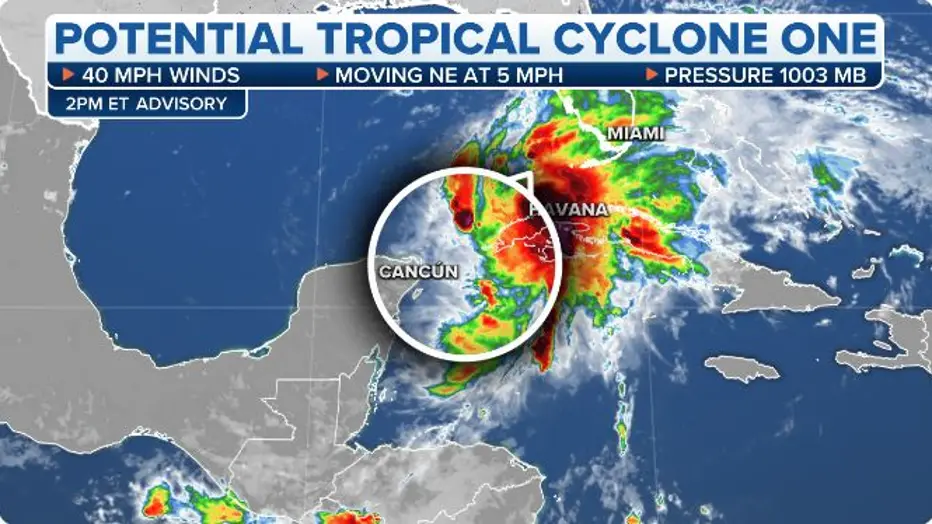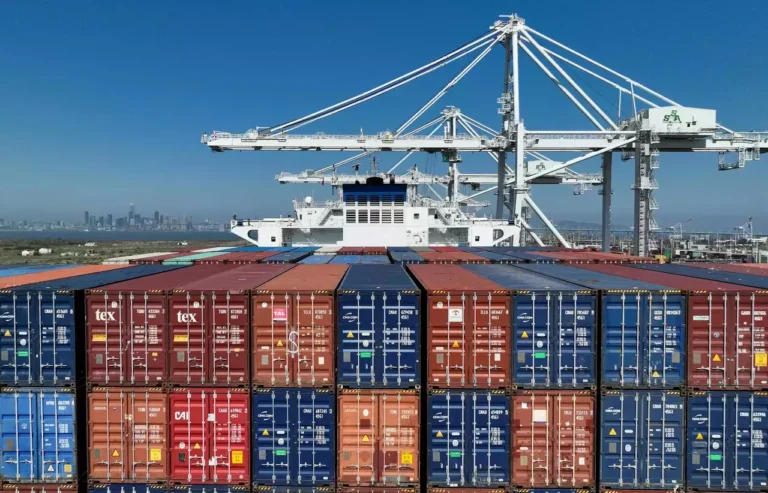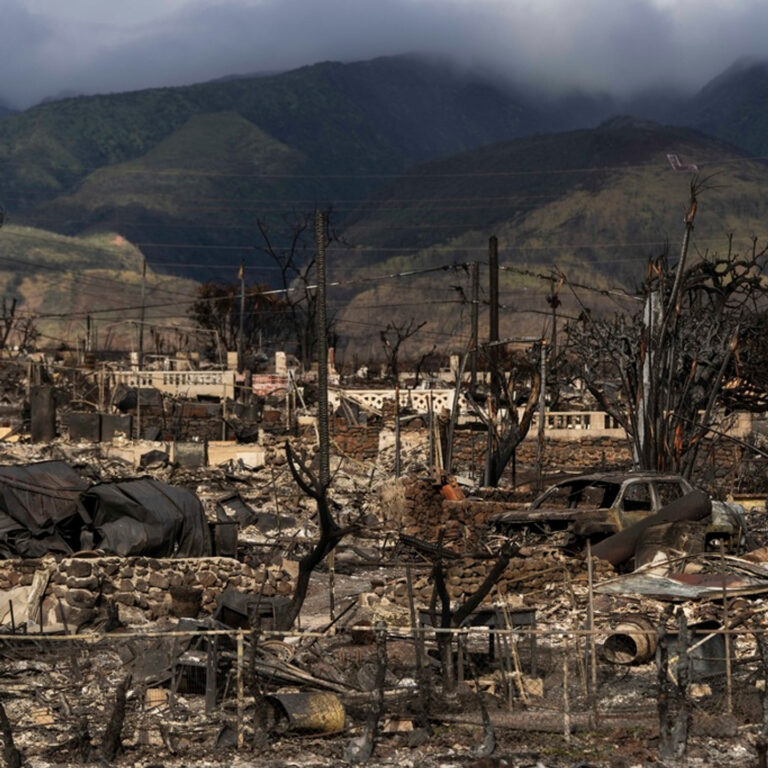The tranquil waters of the Gulf of Mexico are now stirring with potential turmoil. As meteorological authorities closely monitor a developing weather system that could escalate into a tropical storm. The state of Florida has been propelled into action, with Governor’s office declaring a state of emergency. Potential tropical Storm
This move is a proactive measure to ensure the safety and preparedness of the residents, underlining the potential risks and challenges posed by the impending weather phenomenon. Potential tropical Storm
The Brewing Storm: A Meteorological Overview
Meteorologists have their eyes fixed on an area of disturbed weather in the southern Gulf of Mexico. Characterized by organized thunderstorms and a budding circulation pattern. While the system has not yet been officially designated as a tropical storm. The National Hurricane Center (NHC) is maintaining a vigilant watch over its progression. The NHC’s sophisticated satellite technology, weather models, and historical data allow them to project the possible trajectories and intensities of the storm. This information is crucial for decision-makers to devise appropriate response plans.
Governor’s Proactive Response Potential tropical Storm
Governor [Governor’s Name] has exhibited swift and proactive leadership by declaring a state of emergency for Florida. Such a declaration might seem premature to some, but experience has taught me that preparedness is key when dealing with potential tropical systems.

By initiating the state of emergency, the government can allocate resources, personnel, and funding to streamline disaster response efforts. This includes ensuring the availability of emergency shelters, medical facilities, and evacuation plans, should the need arise. Additionally, the declaration empowers local agencies and law enforcement to take necessary actions to safeguard their communities.
Lessons from the Past: Florida’s Resilience Potential tropical Storm
Florida is no stranger to the capricious nature of tropical storms and hurricanes. The state has a storied history of confronting these weather phenomena, with varying degrees of impact. Devastating hurricanes like Andrew in 1992 and more recently, Irma in 2017, have left indelible marks on the state’s collective memory.
These events have instilled a sense of preparedness and resilience in Floridians. The lessons learned from past experiences have led to significant advancements in disaster management, evacuation procedures, and infrastructure resilience.
Community Preparedness and Public Awareness Potential tropical Storm
As news of the potential storm spreads, Florida’s residents are once again reminded of the importance of preparedness. Local hardware stores have reported a surge in purchases of essential supplies such as bottled water, non-perishable food items, batteries, and flashlights.
The state government, in coordination with relevant agencies, has been actively disseminating information about the storm’s progress, safety measures, and evacuation protocols through various channels, including social media, press releases, and public service announcements.
This proactive approach aims to equip residents with the knowledge they need to make informed decisions for the safety of themselves and their families. Potential tropical Storm
Potential Economic Impact
Beyond the immediate concerns for safety, tropical storms, and hurricanes can also have a substantial economic impact. Coastal communities, especially those reliant on tourism, may suffer due to disrupted travel plans and potential property damage. Ports and shipping routes can also be affected, impacting trade and commerce. The preemptive declaration of a state of emergency allows businesses. Industries to make contingency plans, minimize losses, and ensure the safety of their employees.
Environmental Considerations
The focus during such events is primarily on human safety and property protection. The environmental impact should not be overlooked. Storms can result in heavy rainfall and subsequent flooding, potentially leading to soil erosion and water pollution.
Marine ecosystems can also suffer due to increased sedimentation and runoff. Additionally, the storm’s intensity and proximity to coastal areas can result in beach erosion and habitat disruption. As recovery efforts unfold, it’s essential for authorities to address these environmental concerns in tandem with human recovery. Potential tropical Storm
Conclusion
As the Gulf of Mexico continues to churn with the possibility of a developing tropical storm, the state of Florida stands at the precipice of preparedness and resilience. The proactive declaration of a state of emergency reflects the government’s commitment to safeguarding its citizens and minimizing the potential impacts of the impending weather system.
Through meteorological advancements, community preparedness, and lessons learned from past experiences, Florida is poised to weather the storm and emerge stronger on the other side.
As the situation continues to evolve, one thing remains certain. The collective determination of the people of Florida to face challenges head-on and emerge united in the face of adversity.













+ There are no comments
Add yours